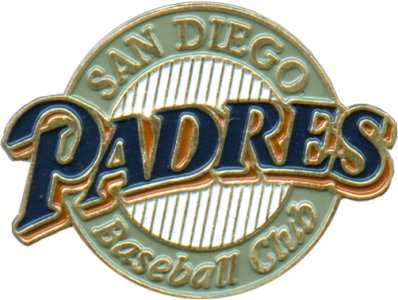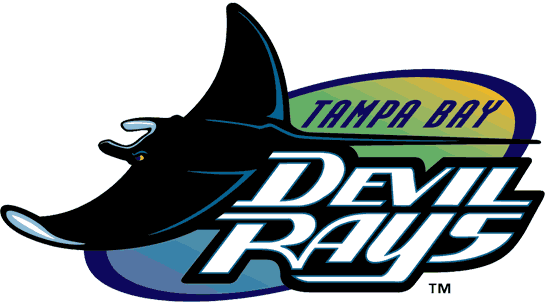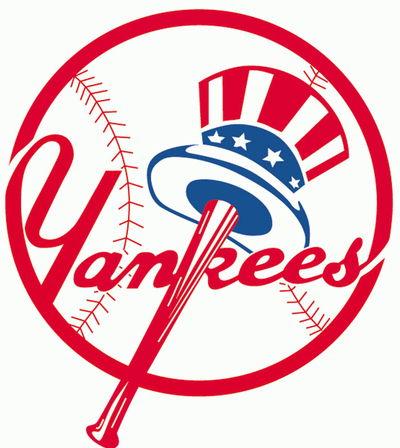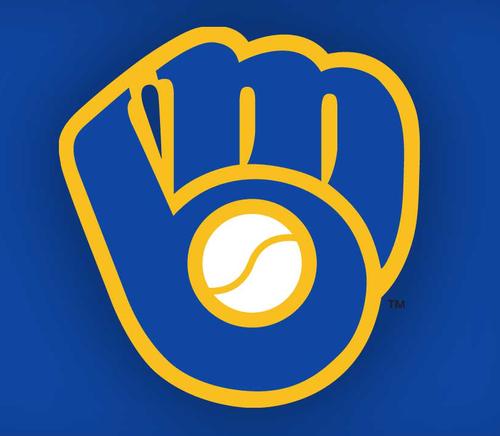All right, I guess it's time to fire this up. I'm not 100% sure I'll have time to write all of the obituaries this year, but I'll do what I can. Last night, we had our first team whose elimination number hit zero:

It’s somehow fitting that the Rangers’ season started with the confounding Ian Kinsler trade and ended with the confounding resignation of Ron Washington.
The Rangers easily won the award for most puzzling move of the offseason, inexplicably taking on the declining Prince Fielder from the Tigers in exchange for their starting second baseman and a minimum of salary relief. Many details of this trade are still a mystery, including why the Rangers made the trade, how many milliseconds it took before Tigers’ GM Dave Dombrowski agreed to the deal, or how many hours it took after the call before Dombrowski stopped laughing; what is clear, though, is that the Rangers acquired a franchise lodestone whose OBP had fallen 50 points the year before and who “played first base” only in the sense that he owned a first baseman’s glove and was capable of standing near a base for minutes at a time. It’s understandable that the Rangers didn’t want to pay the remaining $63 million for the decline phase of Ian Kinsler - they went through a similar issue with Michael Young and didn’t want to get stuck with another expensive ex-second baseman again, especially with Jurickson Profar waiting in the wings - but the guy they traded him for will end up costing the Rangers more than twice that amount.
(The punchline, of course is that Profar injured his shoulder in spring training and missed the entire season. If only they'd had another second baseman on hand...)
Surprisingly, the Rangers jumped out to a 15-9 start against some of the worst teams in the league (Philly, Tampa Bay, Boston, Houston, and the Chicago Americans) before an increase in the talent of the opposition and the inevitable Prince Fielder injury pulled the Texans back to the pack. An avalanche of injuries and ineptitude followed, and a 15-37 June and July pushed the Rangers to the bottom of the league as they fell below even the lowly Astros to claim the cellar of the AL West. Texas has made more use of the DL than just about anyone this year; in addition to Fielder and Profar, the Rangers have lost significant time with DH Mitch Moreland, relievers Nick Martinez, Alexi Ogando, and Neftali Feliz, newly minted 140 million-dollar man Shin-Soo Choo (who was hitting .242 at the time of the injury), second baseman Donnie Murphy, third baseman Kevin Kouzmanoff, catcher Geovany Soto, and the entire anticipated Opening Day rotation (which may have included either Ogando or Martinez). It’s not clear that the Rangers, even as originally assembled, would have been a playoff contender, but there’s no team that can lose that level of talent to the DL and still have a reasonable season.
With the Biblical plague of injuries that beset Texas in 2014, one would certainly expect that Rangers will be a better team next year. However, many of the injuries aren’t exactly of the fluke variety; Pedro Figueroa underwent his second Tommy John surgery, Yu Darvish, Tanner Scheppers, and Alexi Ogando all had elbow problems, Shin Soo-Choo had nagging bone spurs, Mitch Moreland’s ankle required serious reconstructing, and Prince Fielder is fat. While it’s not clear that all of those conditions will continue to cause problems, the players on that list comprise almost a half-billion dollars in salaries and posting fees, and it’s hard to compete when you’re paying a hefty premium to the DL every year. Worse, the players that the Rangers are counting on to be the next generation still haven’t really arrived; the prospects who were supposed to comprise the next round of starters have all either been injured (Profar), underwhelming (Elvis Andrus and Roughned Odor), or traded for Matt Garza (Mike Olt, Justin Grimm, CJ Edwards, Neil Ramirez). Put all of that together, add in a new manager, and you have a team that could either be great or terrible or anywhere in between next year and no one would be surprised.
The Rangers last made the playoffs in 2012. They have never won the World Series.

It’s somehow fitting that the Rangers’ season started with the confounding Ian Kinsler trade and ended with the confounding resignation of Ron Washington.
The Rangers easily won the award for most puzzling move of the offseason, inexplicably taking on the declining Prince Fielder from the Tigers in exchange for their starting second baseman and a minimum of salary relief. Many details of this trade are still a mystery, including why the Rangers made the trade, how many milliseconds it took before Tigers’ GM Dave Dombrowski agreed to the deal, or how many hours it took after the call before Dombrowski stopped laughing; what is clear, though, is that the Rangers acquired a franchise lodestone whose OBP had fallen 50 points the year before and who “played first base” only in the sense that he owned a first baseman’s glove and was capable of standing near a base for minutes at a time. It’s understandable that the Rangers didn’t want to pay the remaining $63 million for the decline phase of Ian Kinsler - they went through a similar issue with Michael Young and didn’t want to get stuck with another expensive ex-second baseman again, especially with Jurickson Profar waiting in the wings - but the guy they traded him for will end up costing the Rangers more than twice that amount.
(The punchline, of course is that Profar injured his shoulder in spring training and missed the entire season. If only they'd had another second baseman on hand...)
Surprisingly, the Rangers jumped out to a 15-9 start against some of the worst teams in the league (Philly, Tampa Bay, Boston, Houston, and the Chicago Americans) before an increase in the talent of the opposition and the inevitable Prince Fielder injury pulled the Texans back to the pack. An avalanche of injuries and ineptitude followed, and a 15-37 June and July pushed the Rangers to the bottom of the league as they fell below even the lowly Astros to claim the cellar of the AL West. Texas has made more use of the DL than just about anyone this year; in addition to Fielder and Profar, the Rangers have lost significant time with DH Mitch Moreland, relievers Nick Martinez, Alexi Ogando, and Neftali Feliz, newly minted 140 million-dollar man Shin-Soo Choo (who was hitting .242 at the time of the injury), second baseman Donnie Murphy, third baseman Kevin Kouzmanoff, catcher Geovany Soto, and the entire anticipated Opening Day rotation (which may have included either Ogando or Martinez). It’s not clear that the Rangers, even as originally assembled, would have been a playoff contender, but there’s no team that can lose that level of talent to the DL and still have a reasonable season.
With the Biblical plague of injuries that beset Texas in 2014, one would certainly expect that Rangers will be a better team next year. However, many of the injuries aren’t exactly of the fluke variety; Pedro Figueroa underwent his second Tommy John surgery, Yu Darvish, Tanner Scheppers, and Alexi Ogando all had elbow problems, Shin Soo-Choo had nagging bone spurs, Mitch Moreland’s ankle required serious reconstructing, and Prince Fielder is fat. While it’s not clear that all of those conditions will continue to cause problems, the players on that list comprise almost a half-billion dollars in salaries and posting fees, and it’s hard to compete when you’re paying a hefty premium to the DL every year. Worse, the players that the Rangers are counting on to be the next generation still haven’t really arrived; the prospects who were supposed to comprise the next round of starters have all either been injured (Profar), underwhelming (Elvis Andrus and Roughned Odor), or traded for Matt Garza (Mike Olt, Justin Grimm, CJ Edwards, Neil Ramirez). Put all of that together, add in a new manager, and you have a team that could either be great or terrible or anywhere in between next year and no one would be surprised.
The Rangers last made the playoffs in 2012. They have never won the World Series.



















